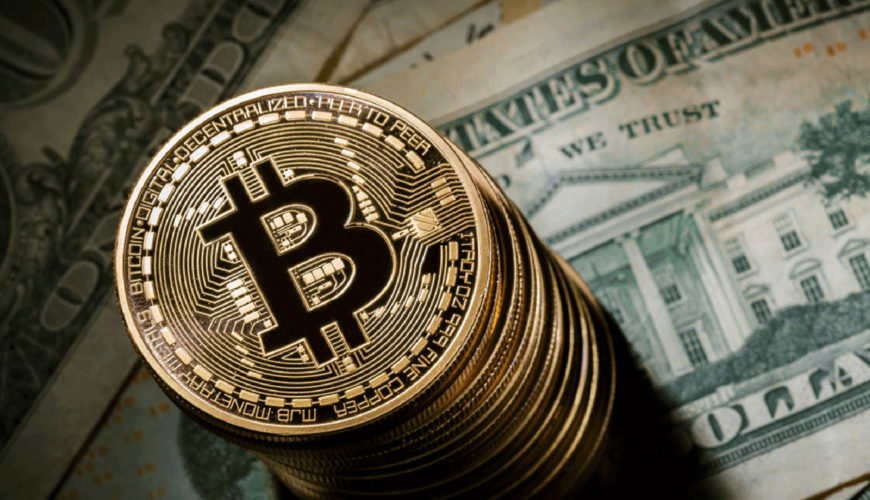What is the goal of virtual currency, Bitcoin
As of March 2018, during the writing of this article, virtual currency has bubbled repeatedly and has been volatile, and there have been cases of outflow due to hacking, and the world is drawing attention. In this section, I will consider the most famous Bitcoin as an example, including whether virtual currency can be used as a means of remittance and settlement.
What is virtual currency?
Bitcoins and other so-called “virtual currencies” can be bought and sold on the internet, and hacking has led to cases where coins are stolen from exchange systems. This virtual currency just means “virtual” “currency”. First, as you can see from “currency” and “coin”, virtual currency is like money. It is still equivalent to “money” like yen and dollar. Since it is equivalent to “money”, there are currency units such as yen and dollar. The unit of Bitcoin is written as BTC. You can count as 1 BTC (1 bit coin) like 1 yen or 1 dollar. However, as you can see from the “virtual”, unlike the yen and the dollar, there is no visible figure for the hand. Of course, there aren’t any coins marked with a big “B”. Bitcoin is a “virtual” “currency” that exists only on the internet.

Conditions for establishing currency
At present, what is called virtual currency such as bitcoin is generally recognized as a currency, and is not in a state of being actively used for remittance and settlement of transactions. However, the author does not give the theory that “this is basically a fraud scheme”. The currency used for general transactions is bills and other currencies, but there were times when precious metals such as gold were used before. However, its essential role is to close a transaction by mediating something that both parties’ value. The banknotes used today have only a small direct value. Therefore, the question becomes whether or not currencies such as banknotes and coins have high credibility in society as a whole. For example, the currencies of a country whose national structure is on the verge of collapse will suffer from great inflation and lose its value. The essential question is whether the currency can establish social credit. Table 5-3-1 shows the differences between general currencies and virtual currencies. To generate credit, assume what the source of credit is, if counterfeiters come into play, can it be effectively stopped, and who might try to do so? There is a need. This is a guide to own bitcoin cryptocurrency. Digital finance is revolutionary but be aware of security and privacy attacks online. To know more, you can visit hextechsecurity.com and learn about digital security.
(How to create credit in general currency)
Source of credit: At the beginning of the emergence of banknotes, credit was held with a payment agreement for precious metals such as gold (convertible banknotes). However, since then, things that do not have payment commitments such as precious metals (convertible bills) have become commonplace, and basically, the nation supports their credit.
Countermeasures against counterfeiting: If counterfeit bills are widespread, social trust cannot be easily obtained.

Therefore, watermarks and marks are put on the bill itself to take measures against forgery. The basic idea of preventing forgery is not to issue high-value banknotes. For example, in transactions such as real estate, it may be considered that a million yen bill is not bulky and convenient, but such high-value bills are not issued in any national currency. This is because the cost performance of forgery will be improved. For example, even if the forgery of a 10,000-yen bill succeeds, its cost performance is never high. A million bills will improve the cost performance of counterfeiting, and may give incentives for counterfeiting.
A group that may attempt forgery: Individuals basically have poor cost performance and are impossible. In fact, personal currency counterfeiting, such as with color copiers, has met with little success. The normal view is that only state agencies that are themselves issuing currencies or organizations with the ability to do so are feasible. In other words, only those organizations that can produce counterfeit currency with a quality that is almost indistinguishable from the real thing can be a possible group. Looking back on past history, it is said that the group that counterfeited the currencies of other countries was a national institution or an equivalent organization.



